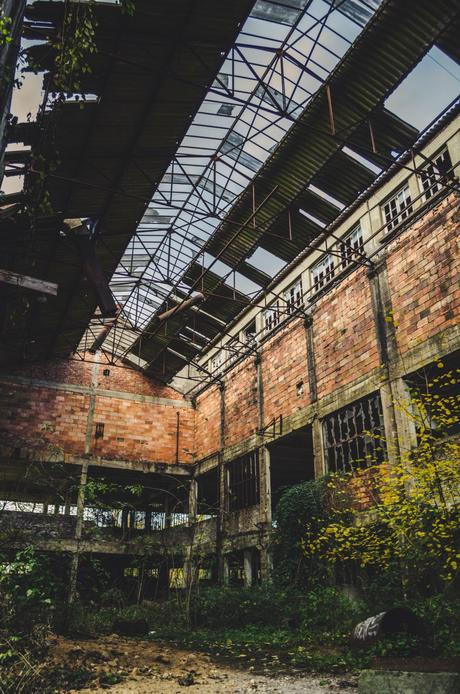
Look outside your window as you read this post. What do you see? Are there leaves gently brushing against the glass while the sun breaks through the trees and illuminates the budding flowers recently emerged from their winter slumber? Perhaps the bright green grass is reminding you that you need to mow the lawn this weekend. Or, on the other hand, are you looking out over an expansive urban landscape, the tops of buildings kissing the sky, positioning yourself just such that your neighbors can't see directly into your space?
Our access to the outdoors became a hot topic early on in the pandemic as communities instituted curfews, limited outdoor access, and many of us set up shop in our homes. For many, it was a reminder of just how important being outdoors actually is to our overall wellbeing. Local, state, and national parks saw a significant uptick in visitors as people reached for the freedom that the outdoors can provide in the face of other restrictions. Personally, I may have initially been a bit annoyed that the trails I love and run frequently were suddenly more congested but I was hopeful that increased attendance would lead to increased advocacy. It felt as though everyone had discovered my little secret corner of the world.
Being outdoors and in nature has been a significant part of my life for many years. Some of my fondest memories are the opportunities I have to explore remote natural environments that few people get to experience. It is no surprise to me that there are significant mental and physical health benefits to being outdoors and simply having access to green space in our lives. Research has shown that spending at least 120 minutes in nature is associated with good health and wellbeing, and can raise immune function. Access to green space has been shown to reduce stress and have a restorative effect on mental and social health. Access to green space has even been linked to lower Covid-19 mortality.
Unfortunately, as with many other areas, there is a wide gap in access to the green spaces necessary for this restorative "forest bathing". The pandemic and the rush to #optoutside revealed even more clearly a significant dearth of parks and other green spaces in underrepresented communities. A recent study by the Trust for Public Land revealed significant discrepancies in access to parks and green spaces that often fell along racial and socioeconomic lines. According to the trust, "in the 100 most populated cities, neighborhoods where most residents identify as Black, Hispanic and Latinx, American Indian/Alaska Native or Asian American and Pacific Islander have access to an average of 44 percent less park acreage than predominantly white neighborhoods." This gap exists in low-income neighborhoods as well. When you couple this with the recent American Lung Association report that found nearly 36% (119.6 million) of Americans live in places with unhealthy pollution levels, you start to paint a very clear picture.
We know that access to our country's natural resources plays a significant role in our overall wellbeing. We recognize that a history of redlining and housing discrimination has meant that millions of underrepresented folks do not even have access to a nearby park or greenspace. The data create a compelling case for building back our green space infrastructure, and the calls continue to be made. We have talked a lot lately about how to create a greater sense of belonging among individuals, and we know that urban parks in particular can play a role in creating the sense of community that is sorely lacking in our polarized society.
Once again, I am thus reminded of the interconnected nature of our humanity. We can't talk about social justice without talking about reproductive justice and environmental justice. It will always be shortsighted to focus all of our attention on a single problem without thinking about how it is connected to other problems and other communities. We are seemingly rushing into extinction every time we identify a problem and work out an obvious solution, only to ignore it because it doesn't fit the narrative we are committed to telling.
Mother nature is going to be here long after we're gone. I'm reminded of the History Channel show Life After People as I think about these interconnected concerns. The show gave various experts an opportunity to speculate on what might happen to the planet if humans were to suddenly disappear. The epic and eerie CGI scenes of cities being reclaimed by nature were incredibly impressive. Let's hope we don't have to wait until we are all gone to act on the importance of green spaces in our communities.
